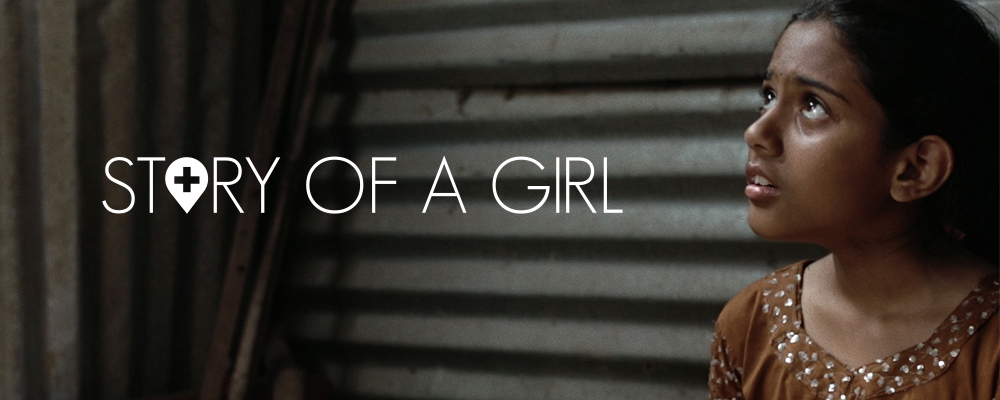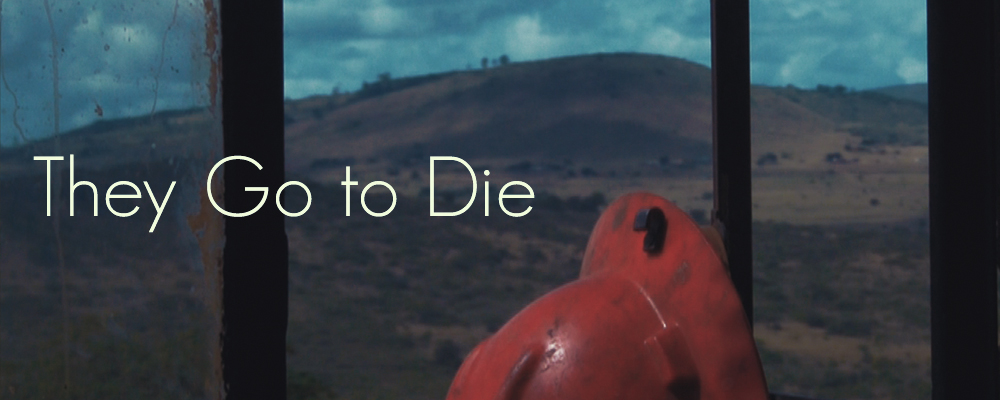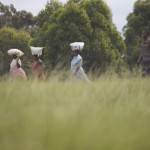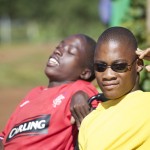Visual Epidemiology works in a project-based format. Each project is a self-contained entity that has its own website, goals, and global health issue(s) it addresses. A brief overview of our projects are below, and we invite you to check out the project websites for more detailed information. Also, feel free to check out some new ideas we have brewing here.
SHOWREEL
PROJECTS
This is a slight but important distinction. It indicates that in order to overcome the TB epidemic, our best chance is in sustaining these small, individual battles just as much – if not more than the – grand, overarching plans to eradicate this disease. For too long we have been defining successes and failures as a fluctuation in data. But the heart of overcoming the TB epidemic will be when we begin defining success as an individual battle that has been won, and failure is an individual battle that has been lost – whether it be the loss of a life, a failed policy, or a missed shipment of drugs.
This is why we came up with the Human Spirit Project. We want to begin to shift the conversation from data to people in a meaningful way. We want to make it beautiful and engaging, yes, but more than that, we want to characterize the epidemic as a collection of individual battles – that this shift doesn’t mean focusing on patients, but also on the researcher, innovators, policy makers, and medical personnel. Everyone has a role in the TB epidemic.
The first installment of the Human Spirit Project, "Strength of a Woman" shows a day in the life of quarantine for 12-year-old Thembi Jakiwe, who has been diagnosed with MDR-TB in Cape Town, South Africa. Despite her age, she is a leader among her peers, as well as her medical team (including us).
We take ethics in filming very seriously. As she is only 12 years old with a severe illness, we considered her a vulnerable subject and took special care and sensitivity when interviewing her, as well as when editing her interview. As with all our subjects, Thembi and her family provided full written and verbal consent and approved not only the interview, but also the final edit shown here. She and her family are fully aware of this distribution and are in full support - actually proponents - of it being shown globally, including online.
Decisions (tentative title) (Forthcoming)
Global Health Issue: Various
Decisions (tentative) is a novel, interactive narrative film project following out the health decisions faced by various high-risk populations for diseases such as smoking related illnesses, HIV and other STD's, and drug related issues, among others. Following the life of statistically high risk individuals – an indian youth, a sex worker in Thailand, and a married woman in sub-Saharan Africa, for example – Decisions will interactively engage the viewer to actually make various decisions for the character on the screen. Filming for a wide variety of outcomes to account for the multiple decisions posited, and using statistical algorithms based on the health choice from the viewer, this novel interactive medium will simultaneously engage and educate viewers on the realistic possible outcomes of high-risk behavior.
Helpless (tentative title) (Forthcoming)
Global Health issue: Cerebral Palsy in developing countries
Both born in rural Africa with cerebral palsy (CP), best friends Mike and Chris have no use of their lower and limited use of their upper body. Despite their physical impairment, Mike, a self-proclaimed ‘charmer’ to the ladies, and Chris, who describes himself as the ‘strong silent type,’ are excelling in school and both DJ at local clubs. Helpless is a real-life documentary that addresses CP research and conveys their intelligence and skill set through the narrative of their unique friendship – best described as ‘compatibly contrasting’ personalities.
I Will Survive (tentative title) (Forthcoming)
Global Health issue: Access to care
I Will Survive is a narrative short film investigating disparities in access to healthcare. The story follows an elderly Chinese woman living in the inner city as she becomes diagnosed with cancer and struggles to find access to care. As she works the local Chinese market to pay for treatment, her family members do everything in their power to contribute. However, dogged with low paying jobs and little support from the government, her fight is becoming ever more uphill. As the family continues to seek support, the film ends leaving the viewer questioning her outcome, and coming to the stark realization that the family has not been living in urban China, but rather the Chinatown district of inner city Los Angeles. The film seeks to highlight the 50 million Americans that have barriers to treatment, and create a likeness to those living in developing countries: who are often the only ones we perceive as those unable to access care.












